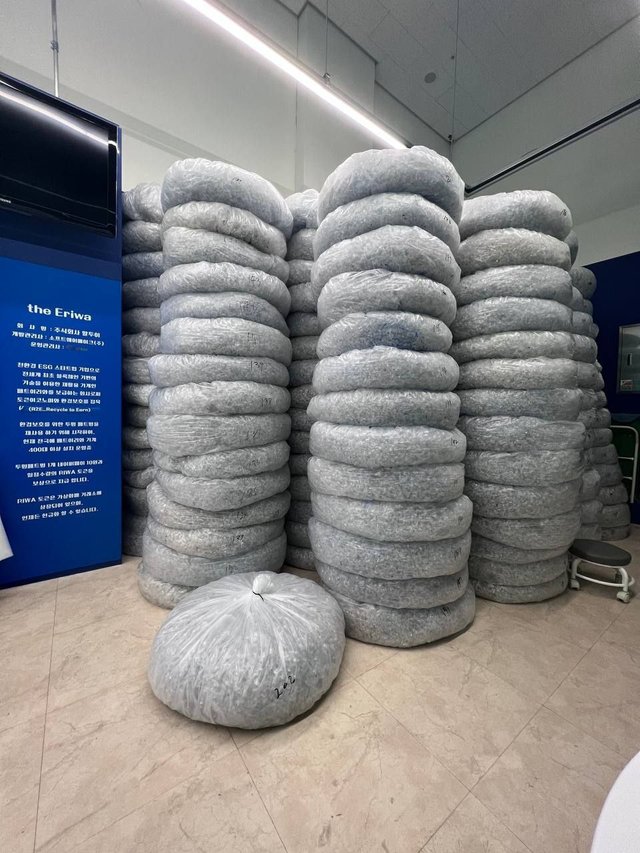
The amount of waste produced around the world is increasing year by year. According to the OECD's Global Plastic Outlook Report released last year, the amount of plastic emitted worldwide in 2019 was 353 million tons, enough to make 35,000 Eiffel Towers. A more serious problem is that this huge amount of waste is expected to increase to 1.014 billion tons by 2060.
Although plastic can be seen as a waste with a rather high awareness of recycling, the proportion of recycled plastic in 2019 was only 9%. It is analyzed that about 69% of plastic is incinerated and buried, and the remaining 22% has leaked into the environment. Without radical efforts to improve plastic recycling, the report predicts that plastic pollution will more than triple in the future due to a surge in plastic.
While patented plastic technologies more than tripled between 1990 and 2017, technologies that induce recycling accounted for only 1.2% of all plastic-related technologies. In addition, according to an analysis of 50 OECD member countries, only 13 countries had policies for waste reduction, and only 25 countries had policies to encourage recycling.
In the case of Korea, Large apartment complexes are easy to separate and discharge because they have separate collection centers, but in fact, the recycling rate is found to be less than half. The waste discharged separately is transported to the recycling center and then selected based on whether it can be recycled because it is often eliminated in the process.
According to the Korean Ministry of Environment's data on the "Recycle Rate by Yearly Selection of Household Waste", the recycling rate compared to the selection of plastic products such as polyethylene (PE) and polypropylene (PP) is steadily decreasing from 58% in 2015 to 41% in 2019. Selection means the quantity selected for recycling after being brought into the recycling sorting center through procedures. An official from a recycling company said, "There is a high percentage of waste that cannot be recycled due to foreign substances being buried or damaged."
To solve this problem, it is important to use plastic and then discharge it well to allow recycling. Governments, institutions, and companies in each country are continuing to study ways to encourage users to properly discharge plastic, and are seeking various ways, including the introduction of recycling automation technologies, to improve the current low recycling rate.
As an example of recycling automation, we can take the unmanned recycling machine as an example. The PET IRIWA, an unmanned plastic bottle collector, is a machine that collects resources by separating waste and realizes the automation of separate discharge, thereby reducing the amount of waste and promoting resource circulation through recycling. In addition, RIWA (Environmental Coin) can be paid as a reward for separate collections to encourage user participation, helping more people utilize circular resources and spread the right recycling culture.
If recycling automation systems continue to develop in this way and begin to be used more in real life, I think we can expect the current low recycling rate to improve.